fact

Evictions
When Malcolm Lowry’s shack on the beach at Dollarton, B.C., burned to the ground in 1944, he and his wife Marjorie were able to save the manuscript of only one of the novels that he was working on at the time. A few months later the same manuscript had to be rescued again when the house that friends found for them in Oakville, Ontario, also burned to the ground.

Expecting Baby: 9 Months of Wonder, Reflection and Sweet Anticipation
Child-rearing manuals cropped up with a vengeance in the latter half of the twentieth century after Dr. Benjamin Spock produced Baby and Child Care—the all-time best-selling book in American history, second only to the Bible, despite advice such as “
.svg)
Everyday Stalinism: Ordinary Life in Extraordinary Times: Soviet Russia in the 1930s
Everyday Stalinism—certainly a tide to conjure with—by Sheila Fitz-Patrick (Oxford) is subtitled Ordinary Life in Extraordinary Times: Soviet Russia in the 1930s, and is proof that under certain circumstances the everyday is never normal. This is a h
.svg)
Europeans
When I was in school in Argentina, Europe (our notion of Europe) was a vast and powerful conglomerate of culture and wisdom. From there, from across the Atlantic, came the history to which, magister dixit, we owed our existence; from there came the writers whose literature we read, the musicians whose music we listened to, the filmmakers whose films we watched.

City Lectures
The organizers of tonight’s talk have branded it as a “raw exchange”—part of a series of uncensored literary gatherings around the city—and so they’ve invited three biting B.C. writers to get down to brass tacks for a group of strangers in the basement of the Vancouver Public Library. By some freak of programming, a punk-metal band is slaying the kids in the room down the hall tonight, which means every time a bookish-looking latecomer wades into our midst, a foul-sounding wave of hellish power chords does, too.
.svg)
Cat in the House
Toward the end of her life I drew close to Althea, the cat who had been with Mary and me for five or maybe six years, ever since her real owner, Mary’s daughter Karen, had to find a home for her when a landlord invoked the no-pets rule, and Mary and I were living mere blocks away, completely petless and, some might say, carefree.
.svg)
CBC Shows an Interest in the Pine Beetle Epidemic
The National calls from the cbc in Toronto. They want me to be their “eyes on the ground.” I try not to laugh—I’m a part-time poet who lives in the suburbs. The woman on the phone asks what it’s like to live in a city in a forest. Does she mean here? In Toronto, she explains, that’s how they described it to her. She must be picturing deep woods with houses and corner stores tucked in among the paths, and roads more like wagon trails. When I drive past Winners and Costco I don’t think “forest.” No, I tell her, Prince George is a lot like the outskirts of Guelph. She falls silent and I amend it: Prince George is like Edmonton but planned by drunken loggers. She seems to like that better, so I carry on: it’s like living in a logging camp but with easier access to big box stores. What about the trees, she asks. Oh, they’re fine, I say, just shorter and mostly gone.
.svg)
Memory of Fire
We were setting fires in a dry gulch in the hills at the edge of town, with crumpled sagebrush and bits of tumbleweed and no paper for kindling, and we had to start our own fire with a single match the way they did in the Cub Scout troop that met Thursday nights in the basement of St. Paul’s Anglican church on Battle Street.

Re-hanging the National Wallpaper
When I lived in Ottawa in the 1970s, I used to enjoy passing lazy afternoons at the National Gallery looking at the pictures. I remember how surprised I was when I first encountered the Group of Seven collection. These paintings were completely familiar—I’d seen them in schoolbooks and on calendars, posters, t-shirts, everywhere—yet at the same time they were completely unexpected.

The Lights of the City
The theatre is plush, high-ranking and named after the Queen. I don’t know the name of the play but C does. C brings me to the theatre when I go. I undergo a pleasant transformation when I go to the theatre. I wear a tie, black shoes and a sports coat. At first it was difficult, “not my style.”

Phenotypes & Flag-Wavers
Last summer, in anticipation of the opening round of the World Cup of soccer, the largely immigrant population of the narrow side street in Lisbon where I was renting an apartment draped their windows with flags. The green and red of Portugal predominated, but the blue planet on a gold-and-green background of Brazil also hung from some windows.

The Definite Article
The top-selling American novel of the nineteenth century was Lew Wallace’s Ben-Hur: A Tale of the Christ. The phrase “the Christ” reminds us that the second word originally meant something along the lines of “the person who has been anointed.” By the twentieth century, the article had been dropped, making “Christ” sound like the family name of Sometime Carpenter Jesus, offspring of Joe and Mary Christ, brother of Jim Christ who keeps cropping up in the New Testament. But a couple of generations after Jesus lost His definite article, His spokesmen on Earth were still “the Reverend” So-and-so or even “the Reverend Doctor” until the editors of Time and their kind followed Samson’s example and warning: metaphor ends in 25 metres—smote them with the jawbone of an ass.

Images of Work
Six days before the Passover festival in Bethany, the sisters Martha and Mary gave a dinner in honour of Jesus who (the gospels tell us) had raised their brother from the dead. Martha worked in the kitchen while Mary sat herself down at the feet of their guest, to listen to his words. Overwhelmed by the many tasks to be done, Martha asked her sister to come and help her. “Martha, Martha,” said Jesus. “You fret and fuss about many things, but only one thing is necessary. The part Mary has chosen is the best, and it will not be taken from her.”

Identity Crises
Several years ago Ian McKay, a Queen’s University history professor, published a book called The Quest of the Folk: Antimodernism and Cultural Selection in Twentieth-Century Nova Scotia (McGill-Queen’s University Press) in which he argued that the image many of us have of Nova Scotia as a tartan-wearing, bagpipe-squealing mini-Scotland is pretty much a fabrication.

















































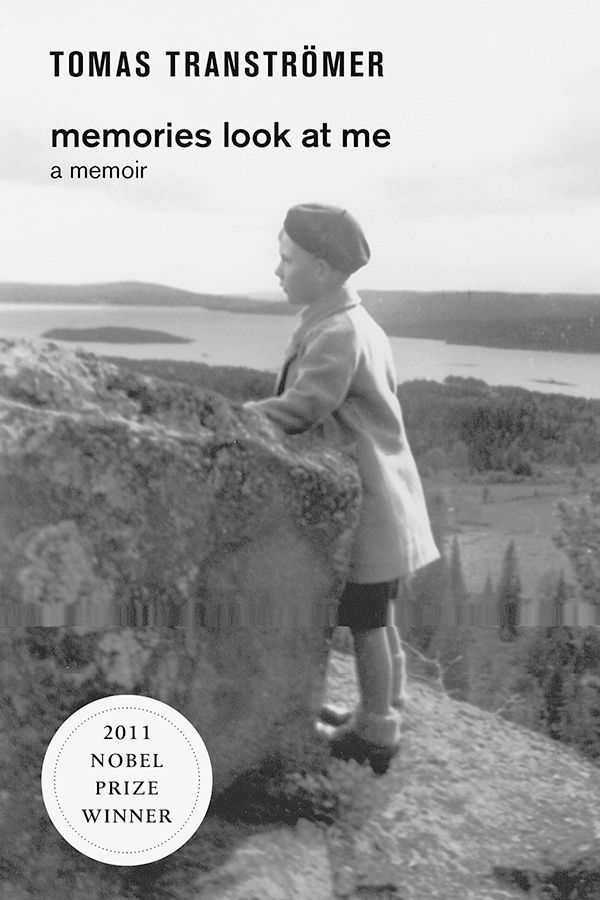
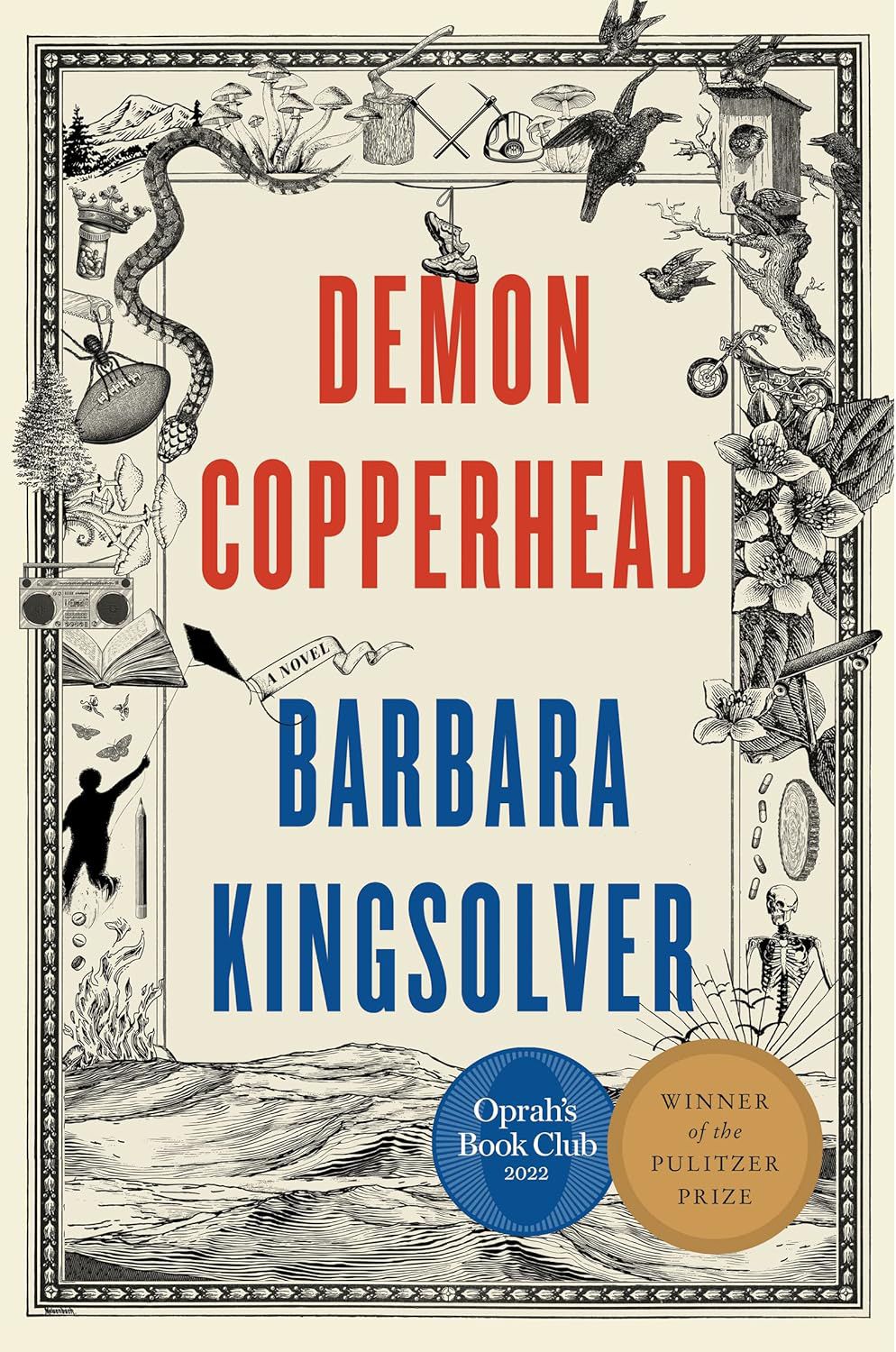


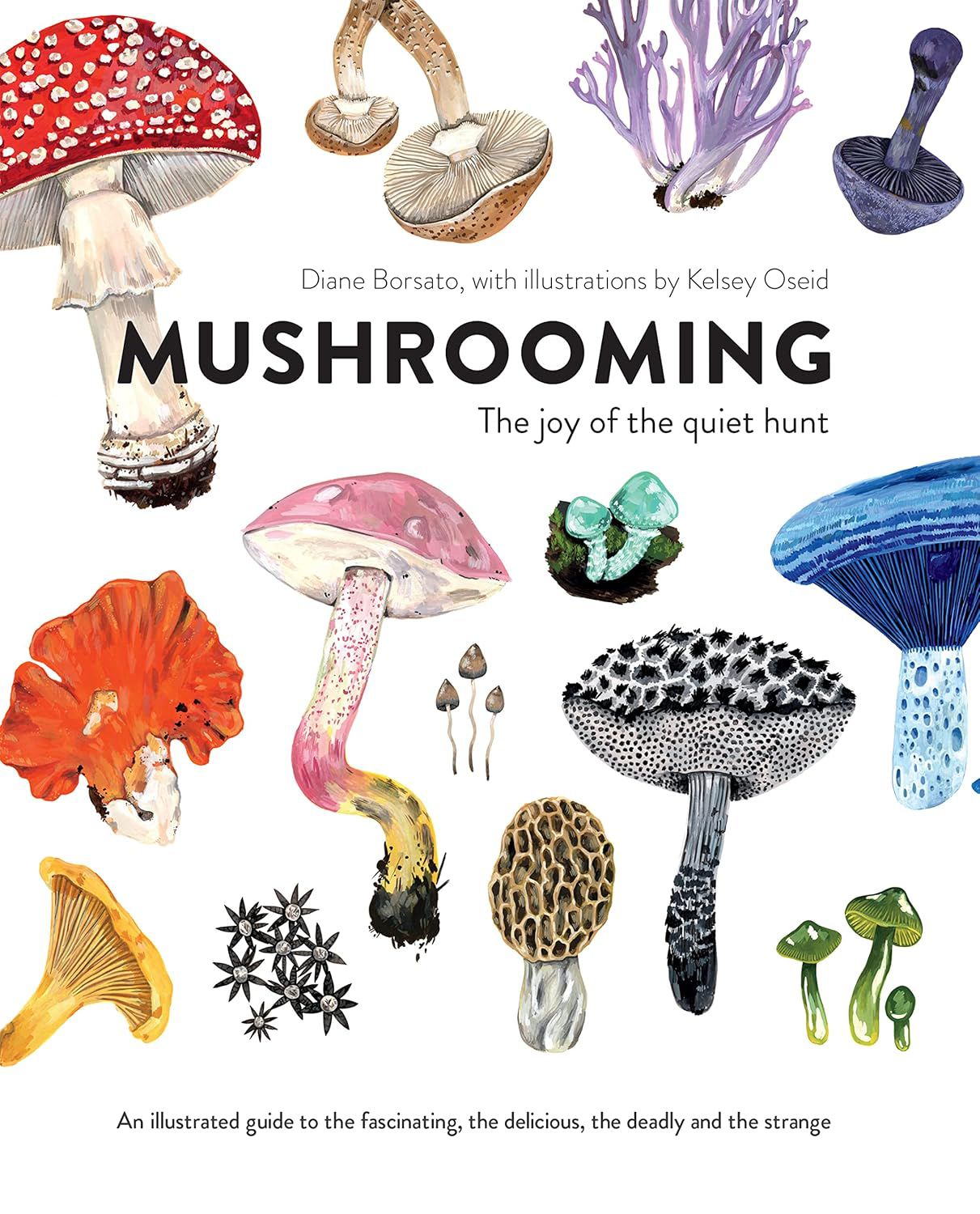

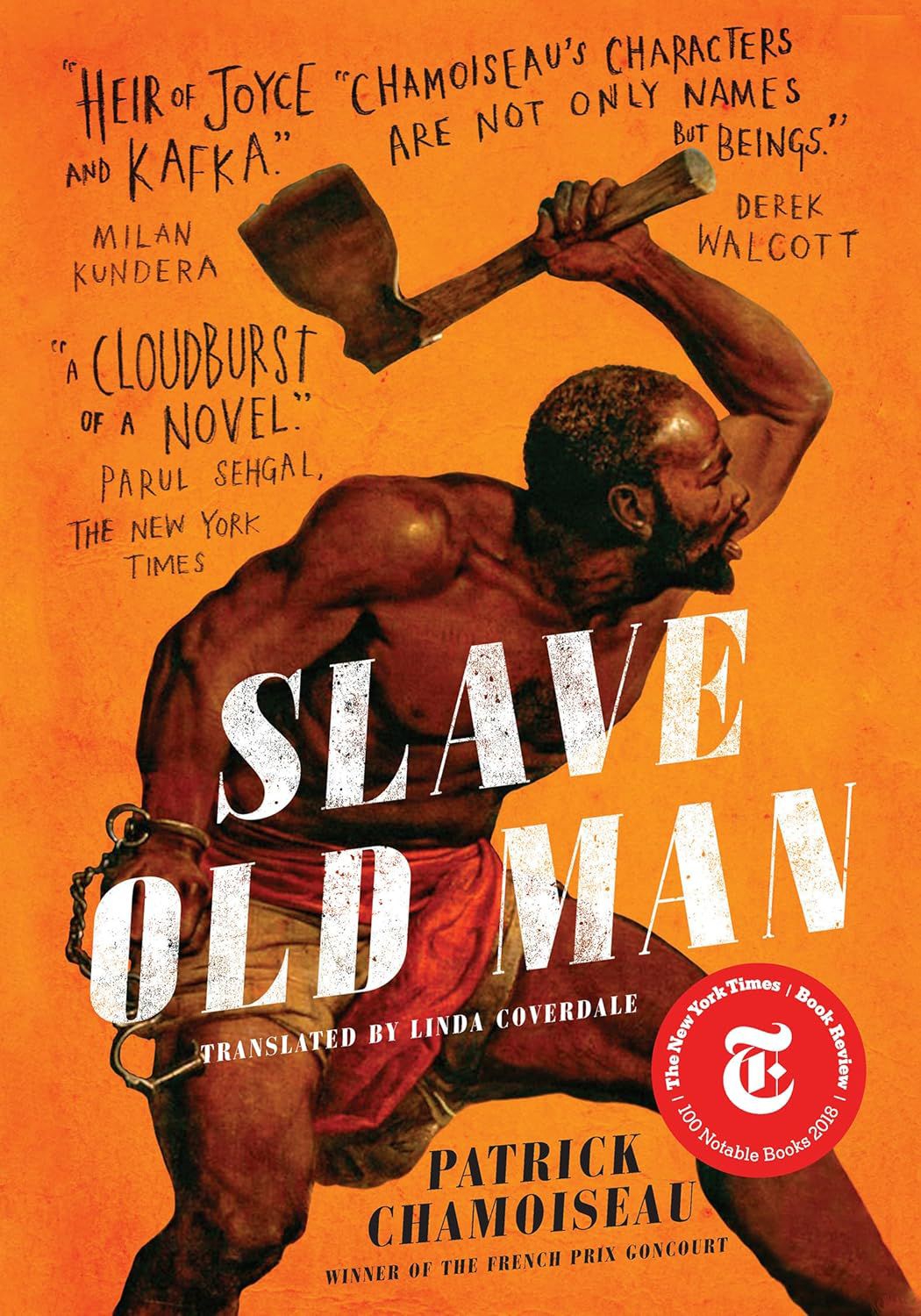
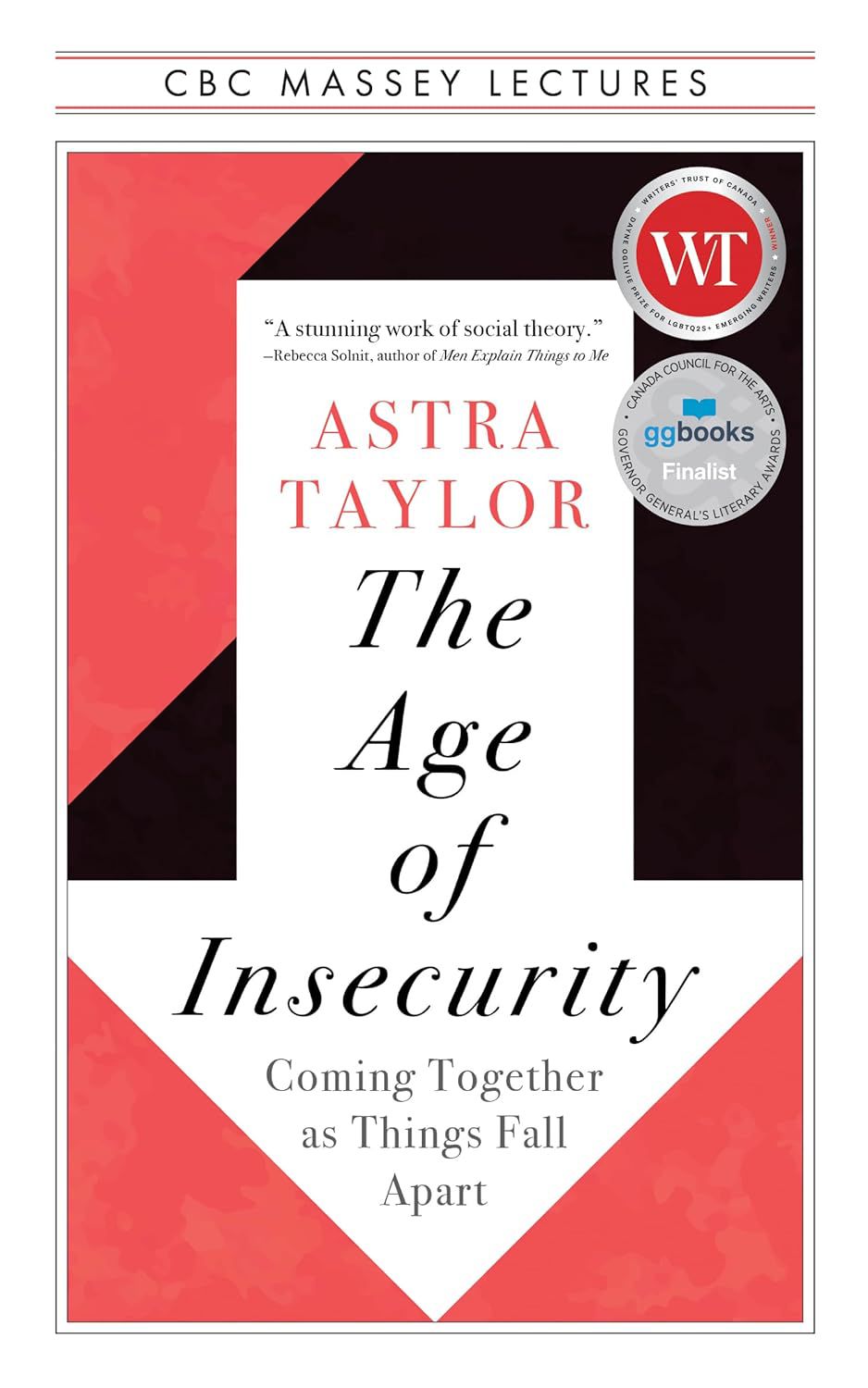

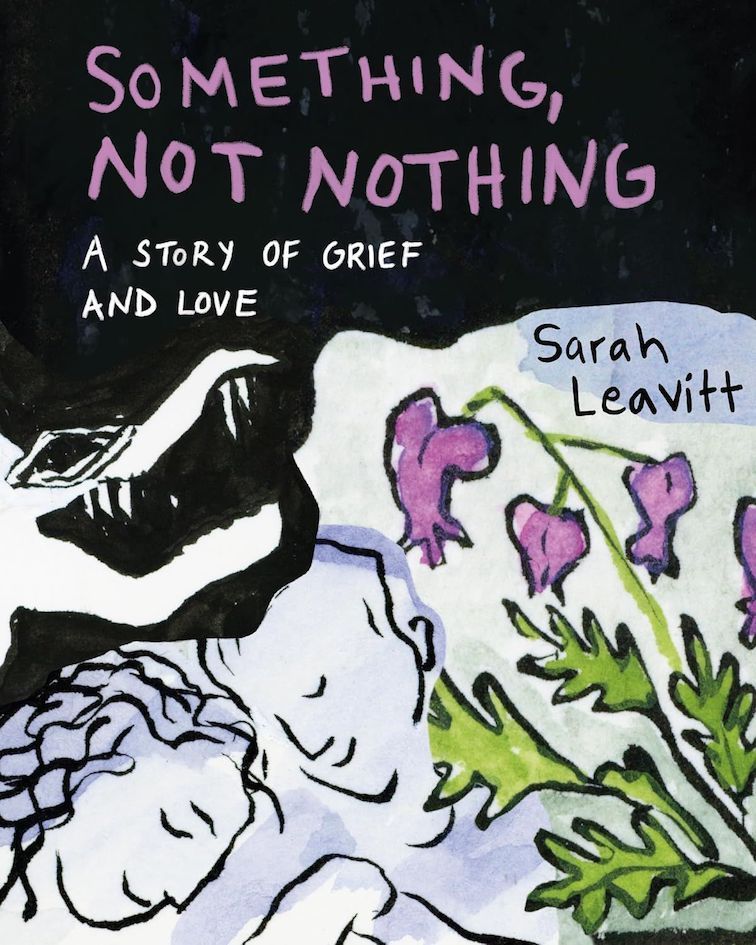
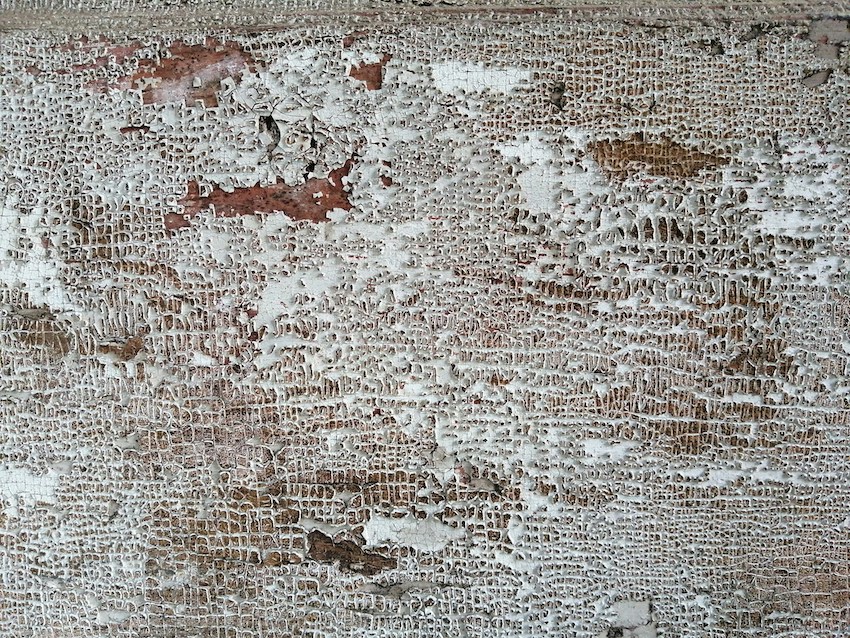












.jpeg)
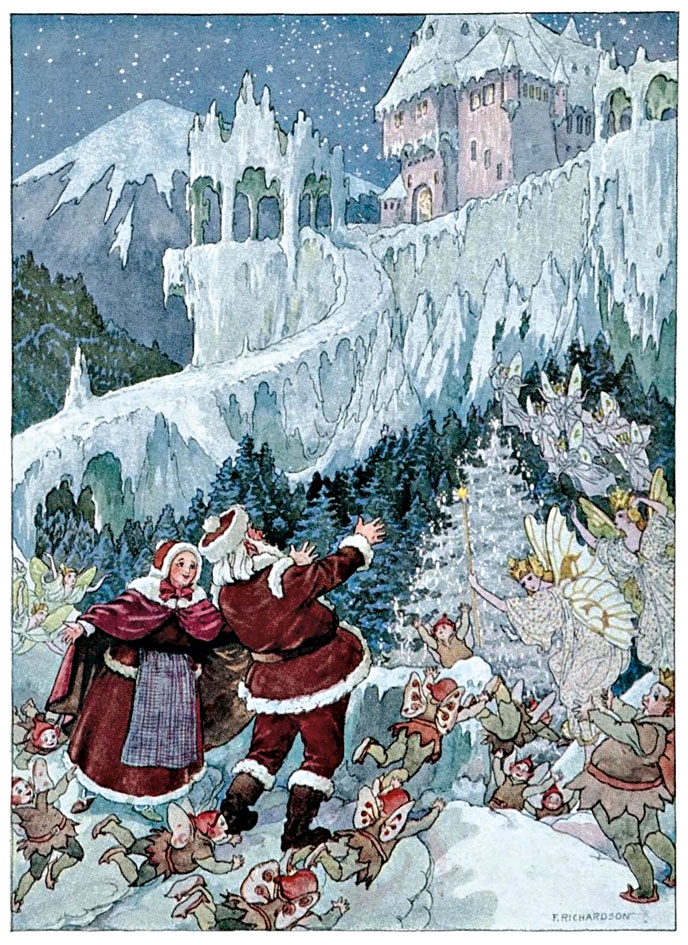

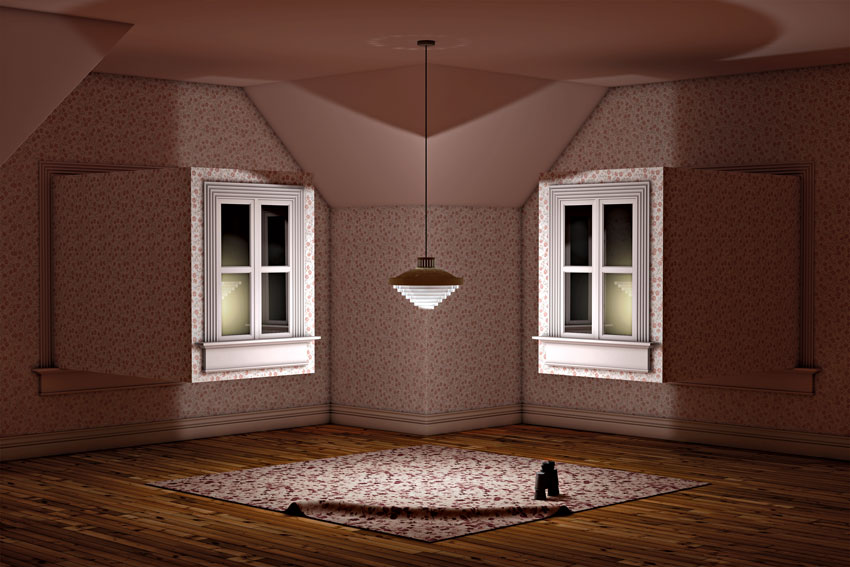


.jpg)